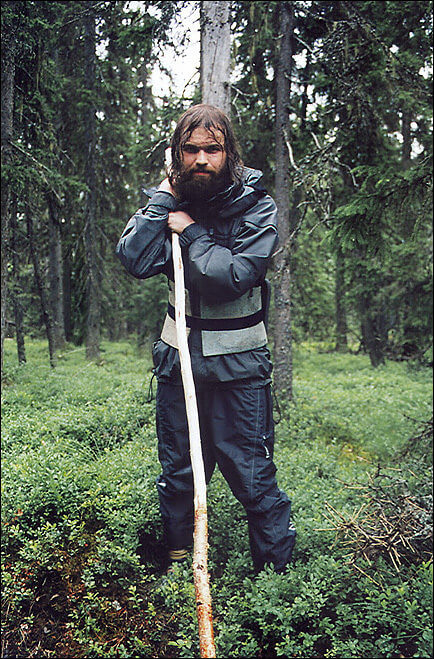Misha Maslennikov was born in 1964 in the settlement of Dobroe close to Moscow, Russia. Since 2013 constantly lives in the city of Odessa, Ukraine. He began traveling in the Russian North in 2002. The main areas are single expeditions to the places difficult of access, visiting and co-operation with cenobites of active monasteries, sketes, with keepers of ancient temples, pogosts, studying the way of life of modern hermits, anchorites, real intercourse and contacts with backwoodsmen.
Since the middle of 2005 Misha goes in for field reportage photography and begins thinking seriously about the photographic process as a way of the particular conveyance of author ideas in a missionary vein. At present Misha Maslennikov continues his work on private and public projects in documentary photography, individual and group expeditions according to a given subject, collection of materials, visual ethnography.
Since 2006 - member and Team Leader of the Noga Creative Union.
Since 2010 - member of the Russian Photounion.
Since 2010 - member of the Russian Geography Society.
